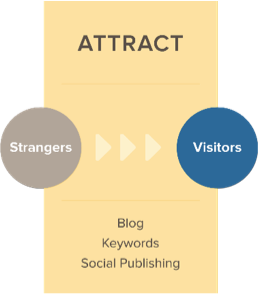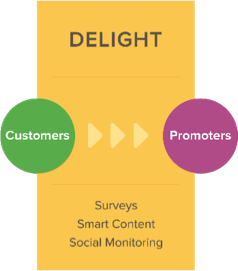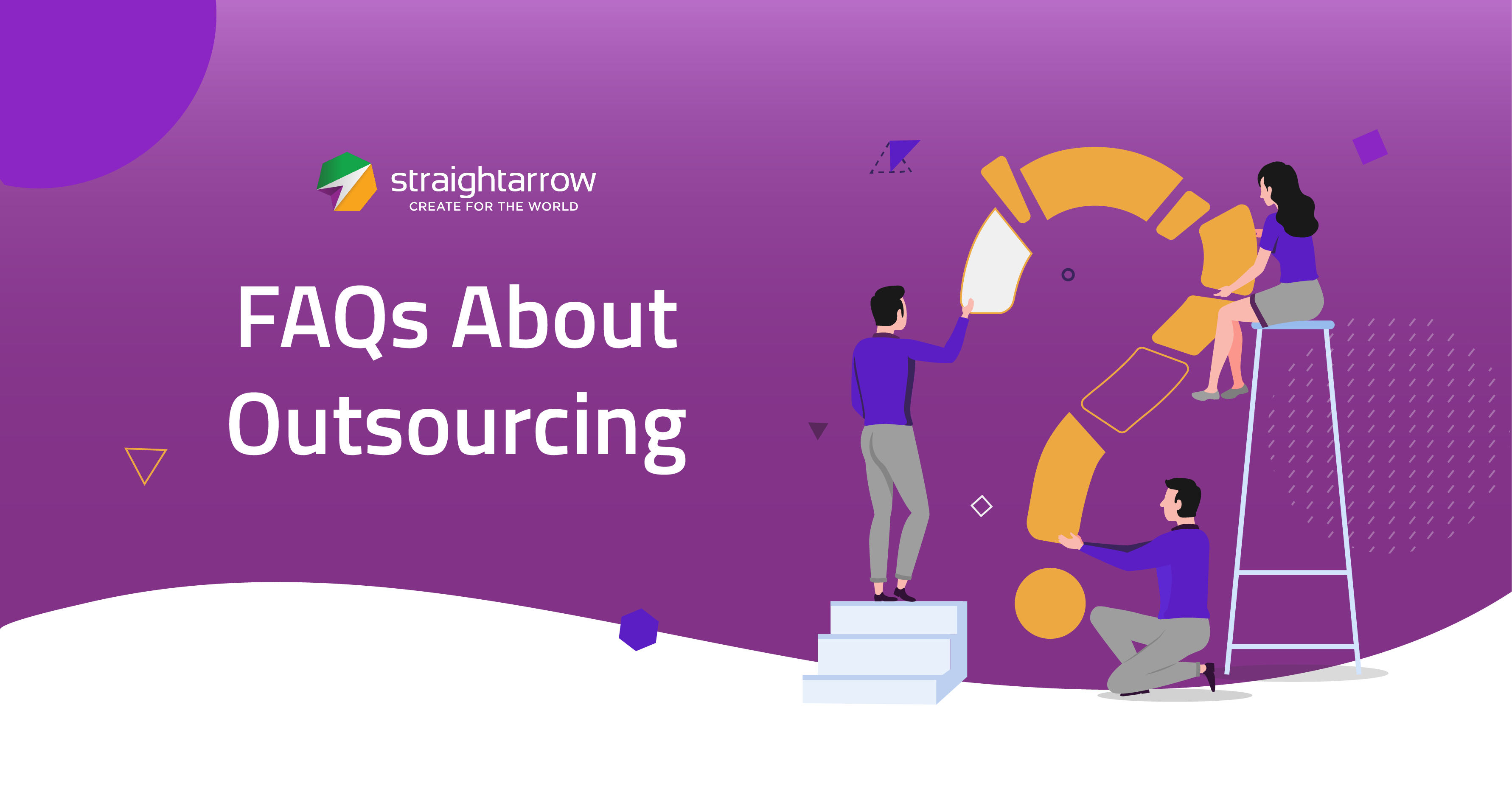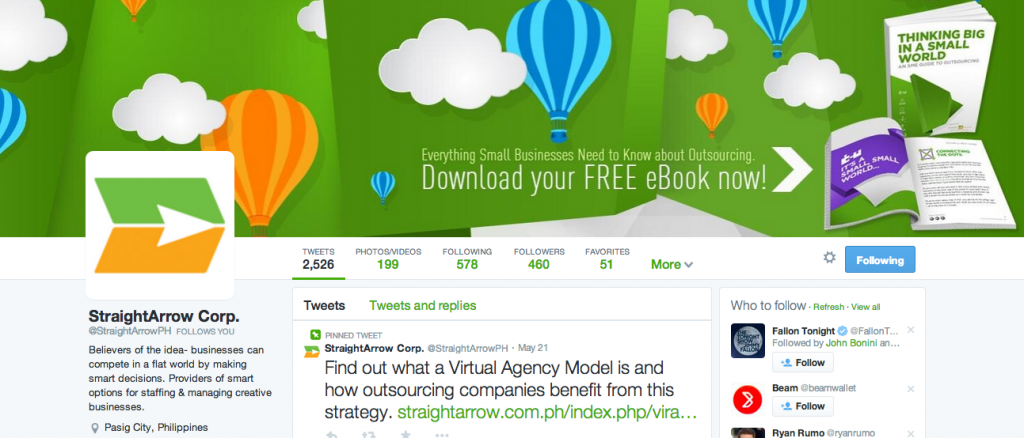
Discover how using psychology can change the way you think about marketing. Learn about how cognitive dissonance affects buyer decision-making.
As inbound marketers, it is important to remember that we’re all human. Everyone running a brand or company is human, and those we market to are equally human with their own thoughts, desires, and expectations.
Psychology is the scientific means for us to understand the mental processes and behavior of human beings, making it a great complement to marketing. After all, understanding your target demographic’s goals and pain points is essential to a great inbound marketing strategy.
Interestingly, one of the most useful psychological concepts that can aid you in consistently predicting your audience’s behavior is all about inconsistency: Cognitive Dissonance Theory.
What is Cognitive Dissonance?
Cognitive Dissonance Theory was developed by American social psychologist Leon Festinger. Festinger proposes three basic assumptions:
- Humans are sensitive to inconsistencies between actions and beliefs.
- Recognition of this inconsistency will cause dissonance, and will motivate an individual to resolve the dissonance.
- Dissonance will be resolved in one of three basic ways: change of beliefs, change of actions, and change of perception.
People strive for internal consistency. When you feel like your thoughts/feelings and actions conflict with each other, Cognitive Dissonance sets in and gives you the uncomfortable feeling that something isn’t quite right.
Attracting the Right People
 Constanzo examined the effects of cognitive dissonance on the early stages of buyer decision-making. He found that people who are secure in their decisions beforehand are less likely to respond to marketing and advertising. What does this mean for marketers? The digital information age has given everyone access to information like never before, so don’t waste valuable time and resources on people who’ve already made the decision to avoid you from the get-go. Instead, focus on those who are more likely to have pain points you can solve. This corresponds with the Attraction stage of the Inbound Methodology.
Constanzo examined the effects of cognitive dissonance on the early stages of buyer decision-making. He found that people who are secure in their decisions beforehand are less likely to respond to marketing and advertising. What does this mean for marketers? The digital information age has given everyone access to information like never before, so don’t waste valuable time and resources on people who’ve already made the decision to avoid you from the get-go. Instead, focus on those who are more likely to have pain points you can solve. This corresponds with the Attraction stage of the Inbound Methodology.
Takeaways:
- Strive to be your target audience’s first choice by providing useful information about your products on available channels, such as your website and social networks.
- Publish insightful content that educates them not only about your own offers, but about the related industry as a whole.
Avoiding Buyer’s Remorse
The most common form of cognitive dissonance we experience in everyday life is buyer’s remorse. You know the feeling—you shouldn’t have bought this product because there’s an alternative that’s cheaper, that other company’s customer service seems better, and so on. The cognitive dissonance here happens because the reality of the product or service doesn’t live up to your expectations and doesn’t solve your problems. The lack of consistency in your actions (buying the product) and feelings (I believe this product is a good choice) causes discomfort.
Leads and customers should be valued and not treated like just another name on a list. Psychological studies like Hamza and Zakkariya’s (2014) show that when customers have higher expectations regarding service, continuing offers and promotions, and price, there’s a corresponding increase in the chance to experience cognitive dissonance. Too much dissonance and they might leave, switch to another provider, and give negative reviews.
To alleviate this, we must treat our customers well. This is where the Delight stage of the Inbound Methodology comes in. Consumers are more satisfied - and thus, more likely to be loyal to a product or service - if their experience meets their higher expectations.
 How do we accomplish this customer retention? We look to the Delight stage of the Inbound Marketing Methodology. Here are a few ideas:
How do we accomplish this customer retention? We look to the Delight stage of the Inbound Marketing Methodology. Here are a few ideas:
- Personalized marketing
- Engagement on social networks
- Great customer service
- Loyalty programs
- Exclusive offers and promotions
These are just some ways to meet your customers’ expectations and prevent the psychological tension that could occur from a bad experience with your business.
In short…
It isn’t enough to adhere to tried-and-tested marketing concepts without understanding why individuals make the choices they do. Psychology is a great tool to further our connection with our audiences and ensure that we deliver great experiences to those who choose to become our customers.
StraightArrow is an advocate of inbound marketing and a gold level partner of HubSpot. Sign up for a free no obligation consultation to assess the consistency and effectiveness of your marketing campaigns.

References:
Constanzo, P. J. (2013). Revisiting cognitive dissonance theory: Predecisional influences and the relationship to the consumer decision-making model. Atlantic Marketing Journal, 2(1), 42-49.
http://digitalcommons.kennesaw.edu
Hall, Richard. Cognitive dissonance. Retrieved from http://web.mst.edu/~psyworld/cognitive_dissonance.htm.
Hamza, V. K. and Zakkariya, K. A. (2014). A Study on the Dimensions of Customer Expectations and their Relationship with Cognitive Dissonance. Journal of Management, 8(1), 1-13.
http://www.sljol.info/index.php/JM/article/viewFile/7547/5787
HubSpot. What is inbound marketing? Retrieved from http://www.hubspot.com/inbound-marketing.
Sheth, J. N. and Parvatiyar, A. (1995). Relationship marketing in consumer markets: Antecedents and consequences. Journal of the Academy of Marketing Science, 23(4), 255-271.
http://www.parvatiyar.net/articles/jour5.pdf
http://www.sljol.info/index.php/JM/article/viewFile/7547/5787



 Constanzo examined the effects of cognitive dissonance on the early stages of buyer decision-making. He found that people who are secure in their decisions beforehand are less likely to respond to marketing and advertising. What does this mean for marketers? The digital information age has given everyone access to information like never before, so don’t waste valuable time and resources on people who’ve already made the decision to avoid you from the get-go. Instead, focus on those who are more likely to have pain points you can solve. This corresponds with the Attraction stage of the
Constanzo examined the effects of cognitive dissonance on the early stages of buyer decision-making. He found that people who are secure in their decisions beforehand are less likely to respond to marketing and advertising. What does this mean for marketers? The digital information age has given everyone access to information like never before, so don’t waste valuable time and resources on people who’ve already made the decision to avoid you from the get-go. Instead, focus on those who are more likely to have pain points you can solve. This corresponds with the Attraction stage of the  How do we accomplish this customer retention? We look to the Delight stage of the Inbound Marketing Methodology. Here are a few ideas:
How do we accomplish this customer retention? We look to the Delight stage of the Inbound Marketing Methodology. Here are a few ideas:



Comments